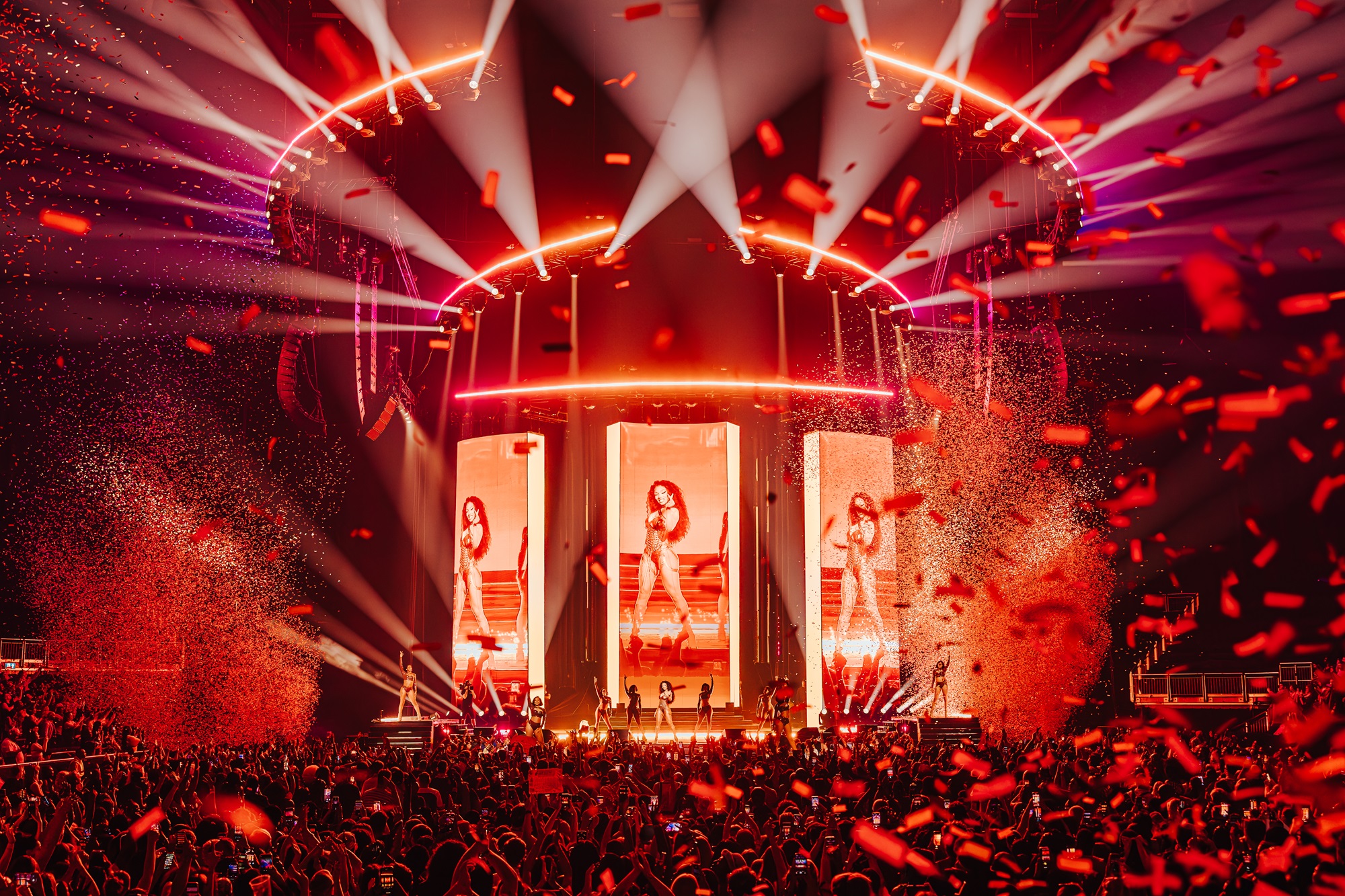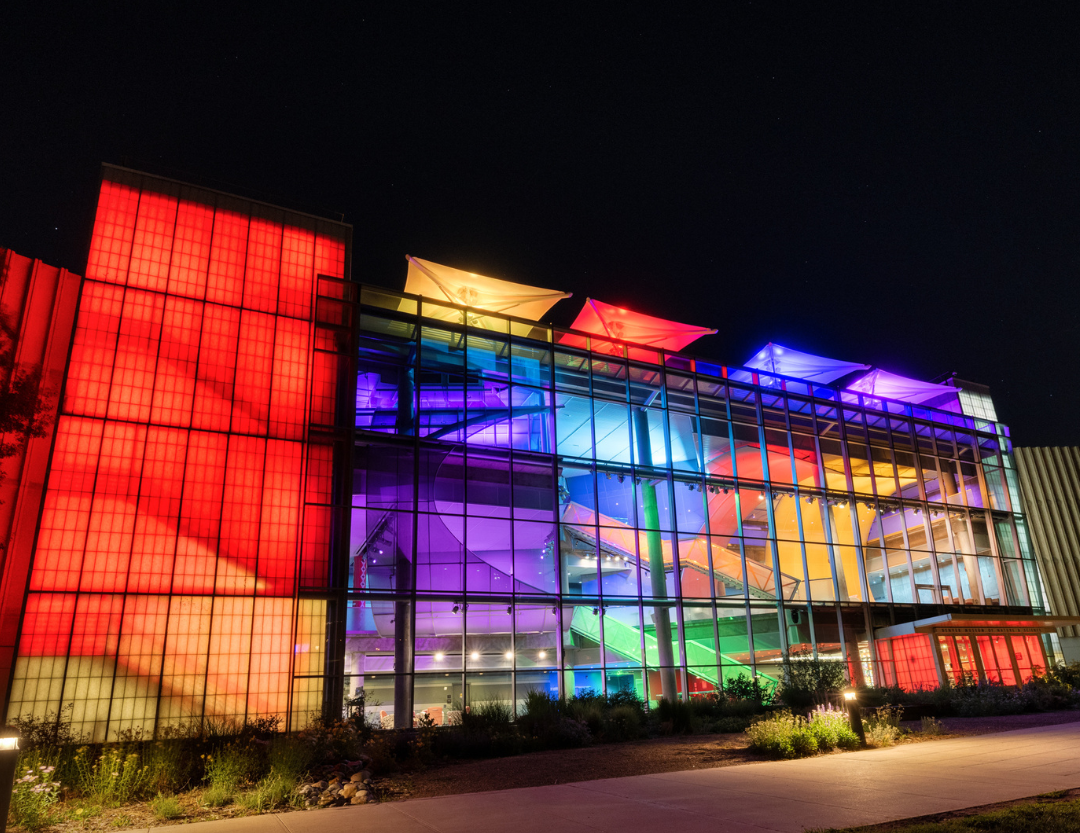NEW YORK — The five-story Cellophane House, part of Home Delivery, Fabricating the Modern Dwelling exhibition at the Museum of Modern Art, is using an all-LED lighting installation from Philips and Arup Lighting that consumes 1.3 watts of energy per square foot, compared with the average house which uses between 1.7 to 2.3 watts per square foot. Home Delivery, a two-part exhibition, includes five full-scale pre-fab houses in all. Designed by KieranTimberlake Associates, Cellophane House also collects solar energy through integrated photovoltaic panels and demonstrates the use of embedded light as an element of architecture itself.
“Cellophane House perfectly demonstrates the future direction of lighting; freed from the limitations posed by typical fixture size, shape and heat emission,” said Brian Stacy of Arup Lighting. “With LED sources, we were able to create luminous surfaces that emphasize the house's translucency and architectural features in various intensities and colors. Most importantly, we were able to achieve the desired effect in a sustainable and energy-efficient way.”
“The opportunity to replace conventional sources with energy-efficient LED lighting continues to grow, yet just as exciting is the potential to encourage completely new methods of lighting,” said Jeff Cassis, CEO, Philips Color Kinetics. “Today we offer simple solutions with familiar form and function to help advance adoption of solid-state lighting. But as demonstrated by Cellophane House, LED systems accommodate a far wider range of applications that allow us to rethink the way spaces are illuminated.”
Unique applications of Philips' LED lighting at Cellophane House include:
• Uplighting the translucent floors with eW Cove Powercore to create luminous planes
• Creating a glowing staircase by embedding eW Cove Powercore in the stair treads
• The use of eW MR lamps in place of conventional sources commonly used for recessed downlighting
• Uplighting the roof deck canopy with ColorBlast12 to bring dynamic color and a visual counterpoint to the house
“In a typical house, all wiring and mechanical systems are hidden behind dry wall — an impossibility in a house made of transparent and translucent materials,” Stacy noted. “Because LED systems are compact and free of heat emission, they can be concealed in tight spaces where conventional lights are impractical. Further, with the ability to connect up to 100 units on a single circuit, the task of circuiting is a breeze, and does not require hidden transformers.”
“Our mission is to create a design with a significantly reduced carbon footprint, and LED technology helps us achieve that goal," said David Riz, principal, KieranTimberlake Associates.
For more information, please visit www.colorkinetics.com.


